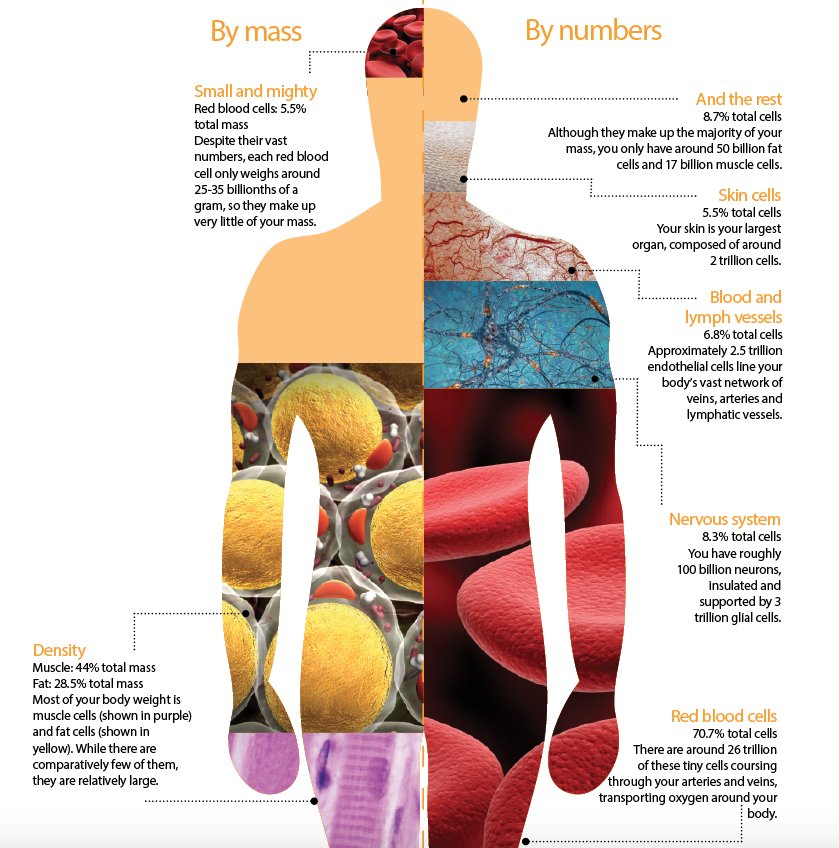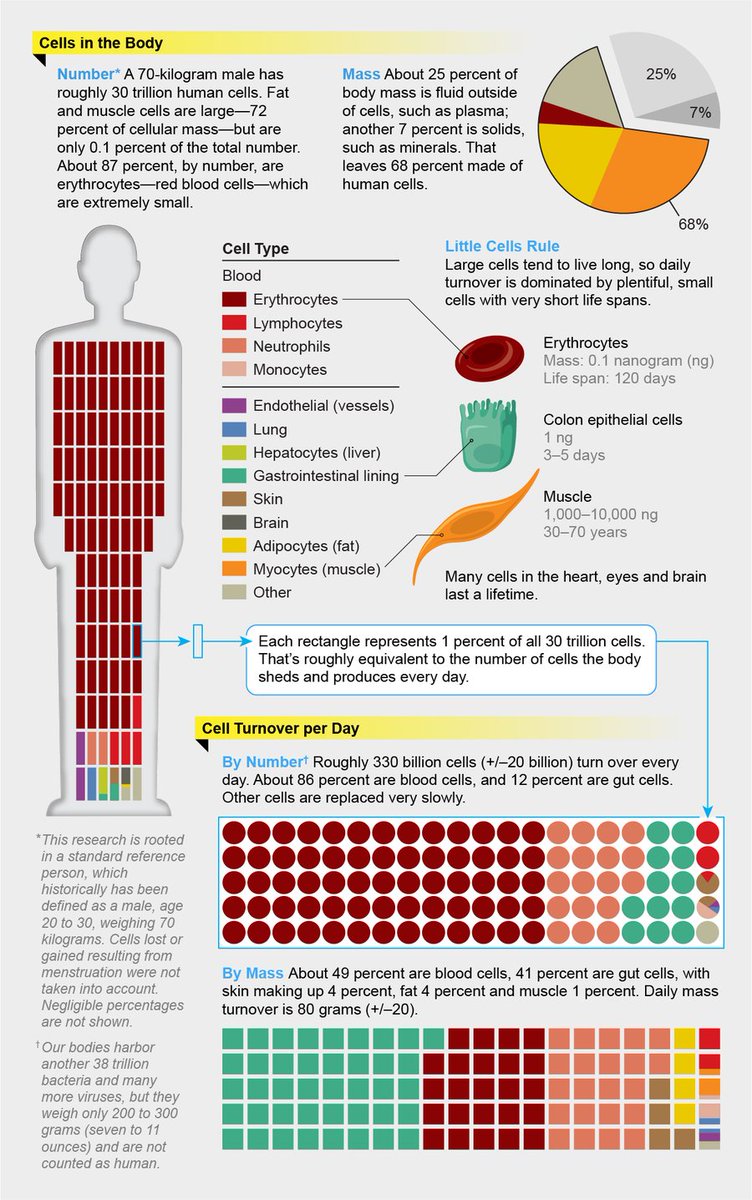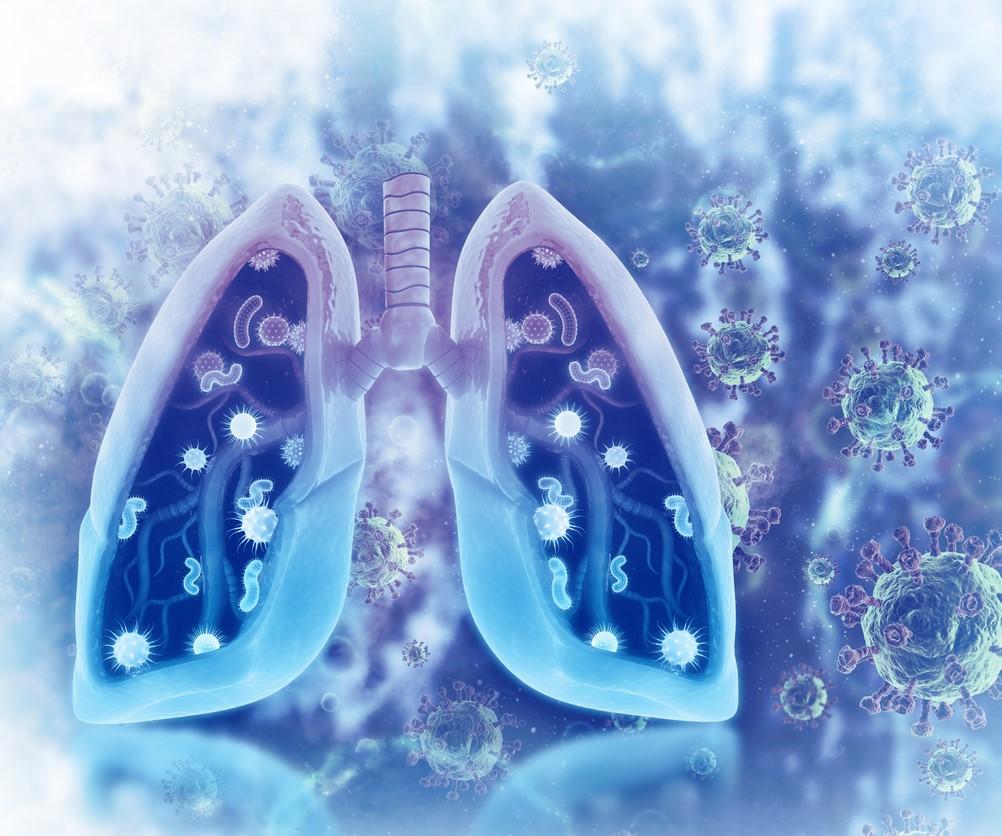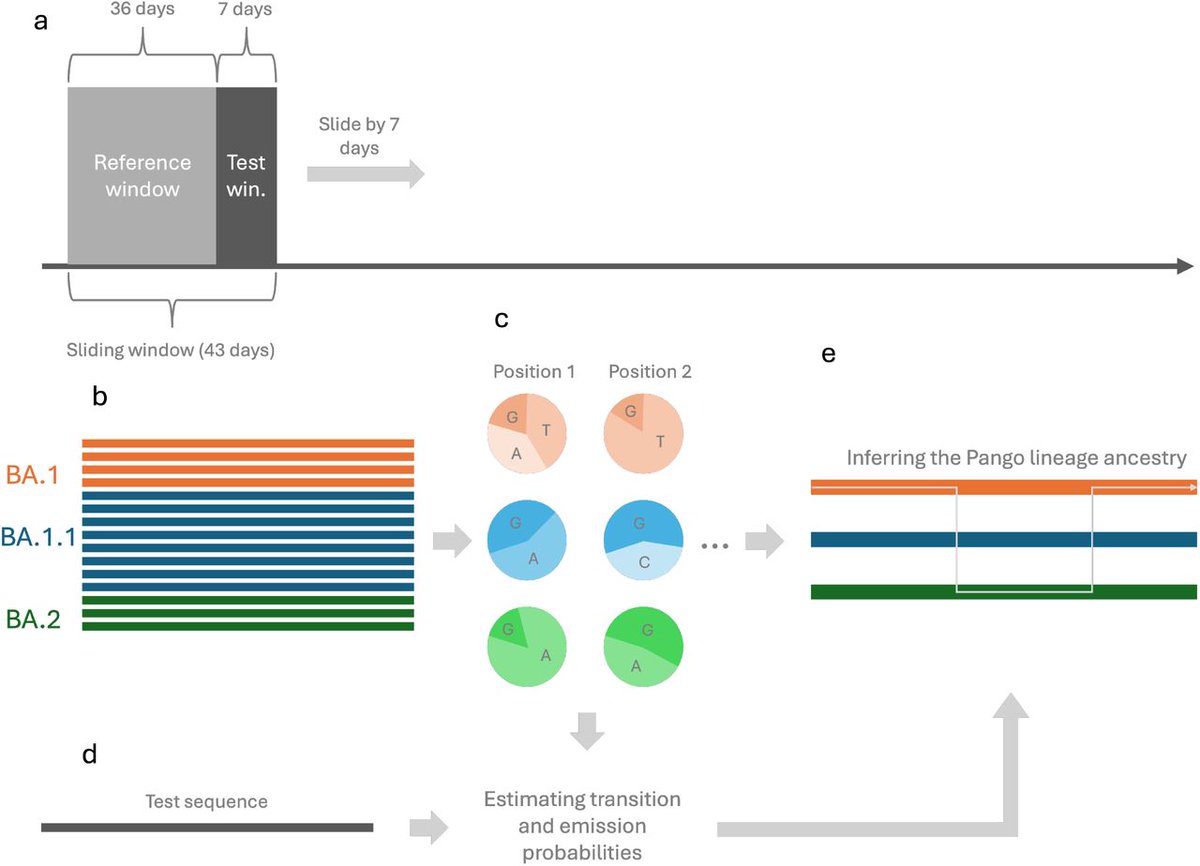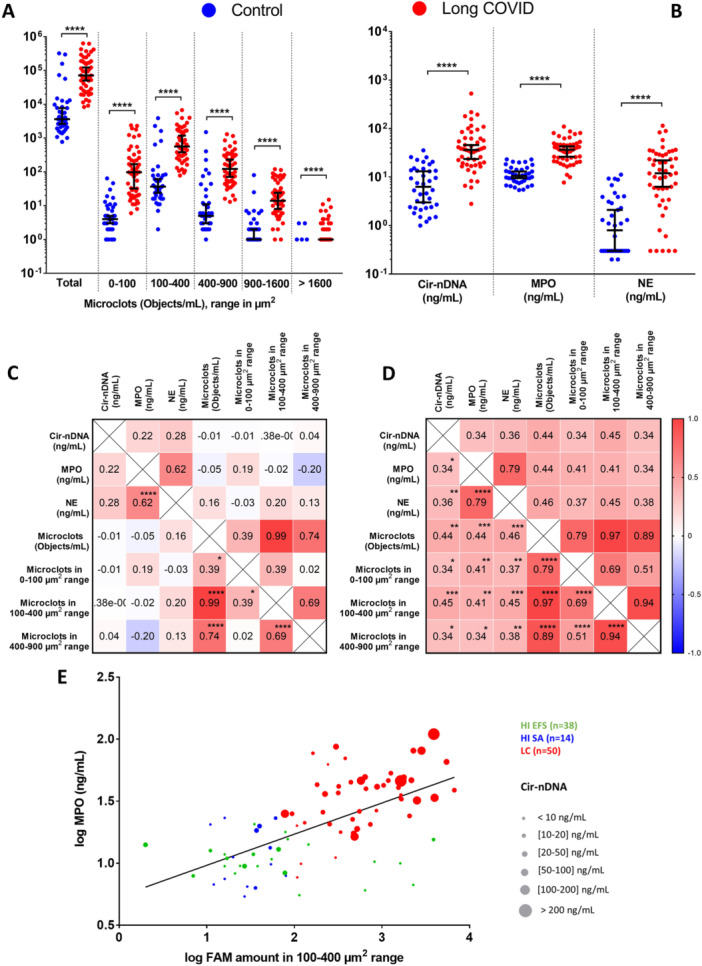2) REFERENCE :
"Long-COVID in children and adolescents: a systematic review and meta-analyses"
nature.com/articles/s4159…
"Long-COVID in children and adolescents: a systematic review and meta-analyses"
nature.com/articles/s4159…
• • •
Missing some Tweet in this thread? You can try to
force a refresh




